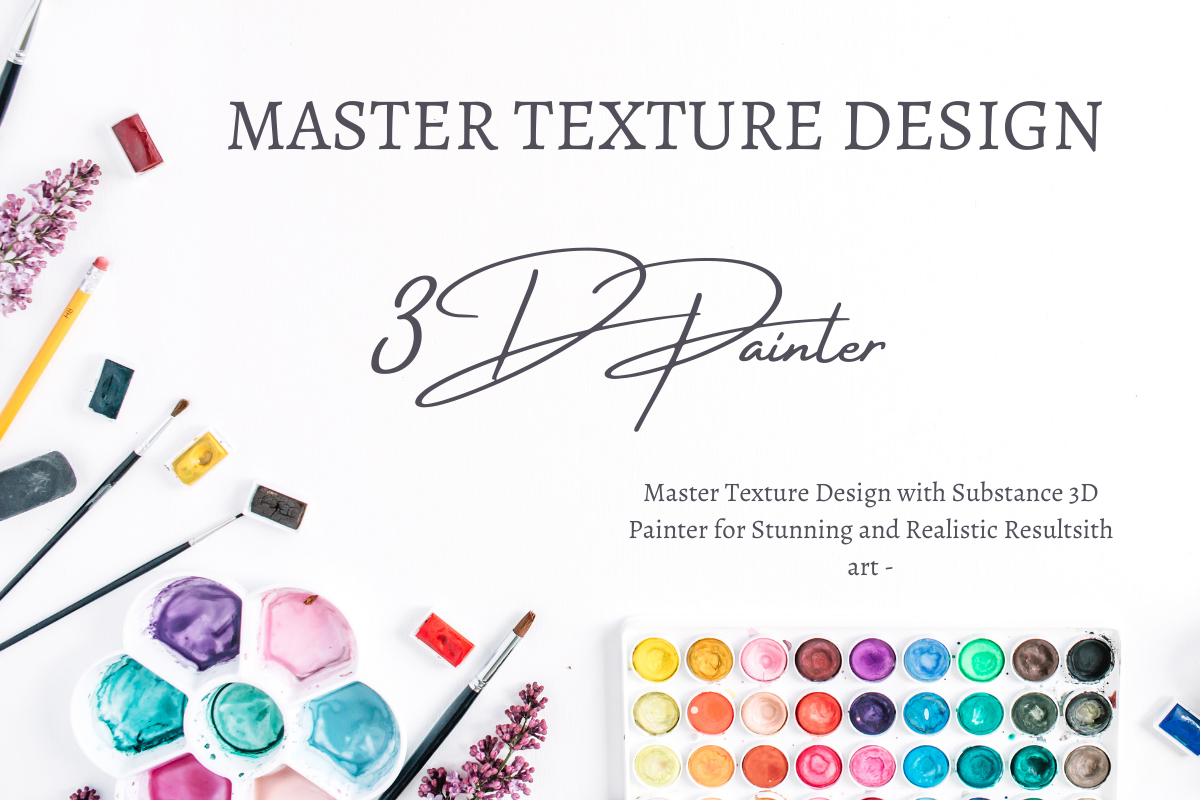
As far as 3D design is concerned, it continues to develop textures that have an experiential basis to make the very virtual model come to life. No matter whether you're engaged in game graphics, special effects, architecture, or digital artwork, the realism of your textures can make or break your final render. The place where such a feature comes into the limelight is New Substance 3D Painter: A must-have tool for professional artists and designers.
Adobe has surpassed itself in texture creation with the latest version of Substance Painter and the power of Substance Designer. The upgrade of Substance 3D Painter 2025 enables flexibility, efficiency, and realism, thus changing the very definition of what material painting and rendering should be all about.
Substance 3D Painter is a powerful 3D texturing application deftly designed by Adobe to allow the artists to paint the 3D models in real time. The advanced open-type interface offers a real-time viewport rendering experience, along with advanced materials, masks, and smart features.
From adding corrosion to metal to simulating skin or wood or stone textures, Substance 3D Painter renders with precision and realism like nothing else. True artists who need total control of their textures, from characters to game environments to cinematic props, will thus know that this program is for them.
Updates in Substance 3D Painter 2025 include a handful of performance improvements and new features:
The new version also includes an enhanced library of materials that can be customized. These materials are high-resolution, physical-based (PBR), and imitate to perfection the way light interacts with surfaces in the real world.
With the addition of layer instances and masking tools, now users can work completely non-destructively. Feel free to try things out without worrying about losing previous design decisions.
Baking maps like AO, curvature, and normal maps is now turbo-wicked fast. The enhanced Iray and Adobe's own engine provide photorealistic previews in mere seconds.
You can now use Substance Designer files directly without any project, allowing a seamless back and forth between the two platforms.
AI uses smart materials and masks to assist with repetitive tasks in Substance 3D Painter, offering intelligent suggestions based on mesh topology and surface data.
Although several such applications are there, Substance 3D Painter remains unrivalled in industry for a number of reasons:
Substance Painter will be for you: a novice or a specialist professional, grows with your skill set, so offering both the simple and advanced tools.
If you are pretty fresh to Substance Painter, here is a short roadmap:
Perfect and realistic textures aren't simply applying a material. Here are some expert tips for you:
Substance Designer and Substance 3D Painter are often confused by some new users. Even though they are part of the Adobe Substance suite, each serves a different purpose.
The two work together in a great powerhouse of flexibility and creative freedom.
In 3D modeling, textures are what give life and animation to your designs. The most recent version of Substance 3D Painter allows all artists to craft materials ultra-realistically, fully high-end, with all control and flexibility over the materials.
Adobe Substance Painter 2025 will help any artist make a mark in the increasingly competitive world of creative industries-from assets for AAA games to indie animation. New intuitive features; performance increases, along with compatibility with well-known industry platforms; this is the tool professional artists have relied on across the globe.
Of course, if you are serious about your 3D art, then Substance 3D Painter is the complete creative tool, not just a really good tool